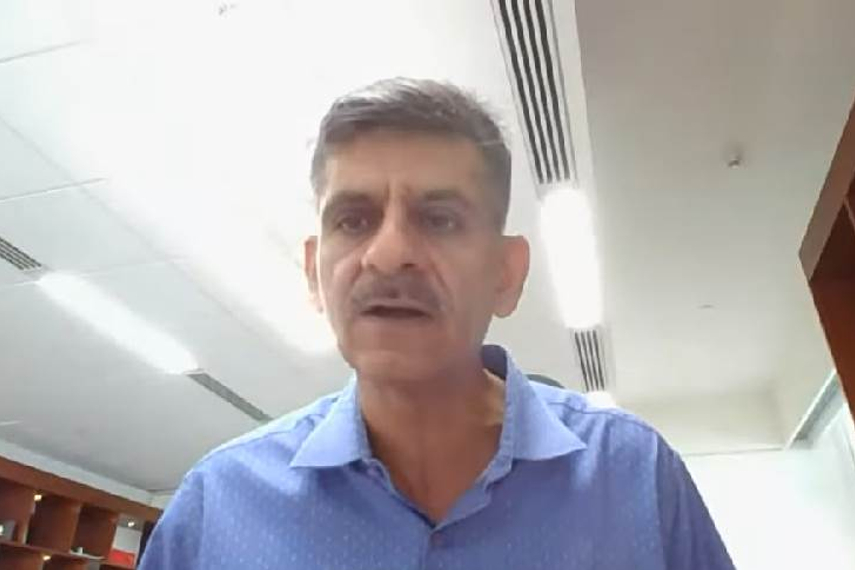The Federation of Indian Chambers of Commerce and Industry (FICCI) hosted its India Food and Nutrition Innovation Summit 2021 (IFNIS 2021) from 27-28 October 2021. The aim of the summit, which saw more than 3,000 registrations, was to strengthen the ecosystem and promote the culture of safe food among all stakeholders.
Welcoming the delegates during the inaugural session, Hemant Malik, CEO-food division, ITC and the chair FICCI Food Processing Committee mentioned how the Indian food sector is at the crossroads in terms of exploring emerging consumer needs and launching new healthier products as well as reformulating their existing ones.
He said how FPOs are deploying functional ingredients and disruptive technological advances. A lot of R&D is transpiring across industry and government agencies in this area.
Malik said, “India's population is soaring well past one billion. Therefore, the challenge of feeding its people will continue to grow.”
He said that food processing is positioned to be a vital part of the solution. "We expect that the industry is eyeing USD 535 billion by 2025-26. And innovation holds the key from the food processing perspective.”
Malik spoke about consumer trends that impacted the food processing industry. He said, “Covid has been a seminal moment in many industries. Likewise, from the food industry perspective, it shows how life has changed.”
The five trends
Malik enumerated five trends in the food industry. The first is heightened health consciousness and the concern for health, which has reached a completely different dimension.
He highlighted two facets. From a core health perspective, the consumer wants to ensure eating good quality food and eating regularly. Plus, the food does not possess too many chemicals. The second facet was "the layer of immunity" that a consumer is seeking – will the food that is being consumed provide a defence against ailment or virus?
The second trend is food safety. Malik said that during the pandemic months, safety started-off with contactless delivery and masks, and consumers seeking hygiene products. This means a shift from unbranded to branded products.
Malik said this is a good thing because the consumer is assured that the branded products are following certain regulatory requirements and the law of the land. He added that consumers seek information and claims and ingredients on the packaging.
“Consumers are looking at the expiry date and how fresh the product is. This means, companies have to manage their supply chain efficiently,” Malik added.
The third trend is a shift in the consumption pattern. Malik said, "With most people not going to work, we find many new occasions of food consumption. For example, midnight snacking or snacking with the family in the morning during teatime. All these are ideas, which from an innovation perspective, can be leveraged.”
The next trend, according to Malik, is the rise of convenience food. There has been a lot of pressure on homemakers and mothers who are pressed for time, as many of them are working from home. They have to maintain a work-life balance.
“Therefore, food brands saw a significant growth in the ready-to-eat category as well as frozen food,” Malik said. He mentioned that these are "a tiny segment".
But a lot of products start small and then there is a pick-up. Malik felt such categories will require "a lot of staying power".
And finally, Malik stated that the understanding of innovation needs to look at product development from a technology standpoint. However, he added, "one thing we tend to miss out is India is a huge and diverse country."
He explained that at one end of the food chain one has trends such as plant protein and veganism. But on the other side, we have the important challenge of addressing the double burden of under- as well as over-nutrition.
He said, "Unfortunately, 35% of Indian children are stunted. Anemia continues to be a big challenge. In this sense, innovation cannot be restricted to finding solutions for the top end of the market, but how to address the larger burden of undernourishment in our country."
Malik hoped the industry would bridge the gap and create better synergies between various stakeholders of the food processing industry.
(This article first appeared on Printweek.in)






.jpg&h=268&w=401&q=100&v=20250320&c=1)

.png&h=268&w=401&q=100&v=20250320&c=1)



